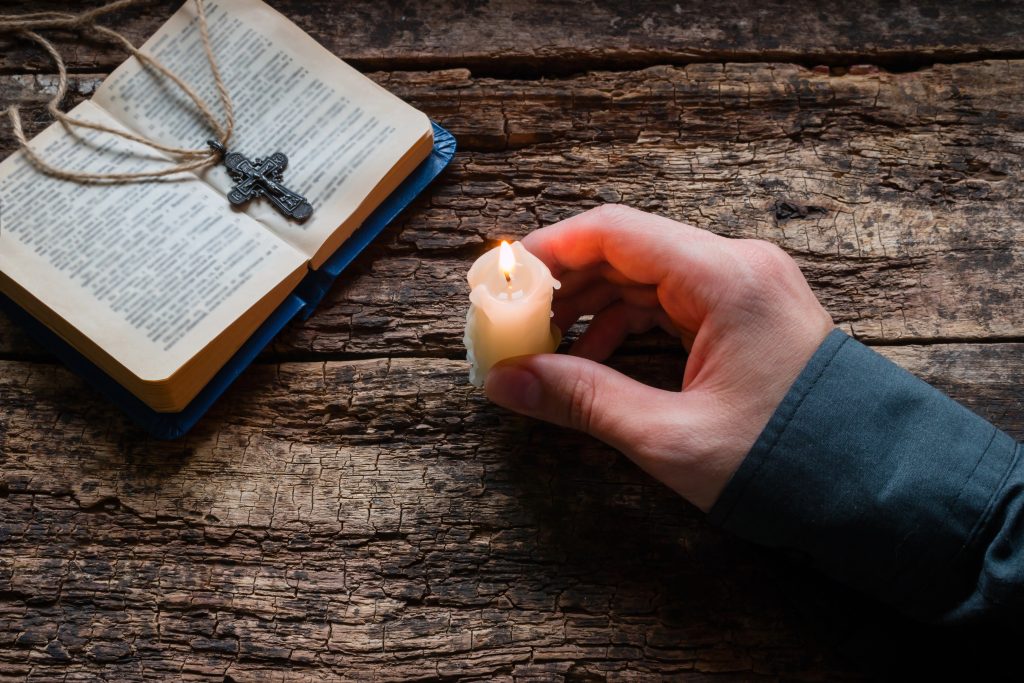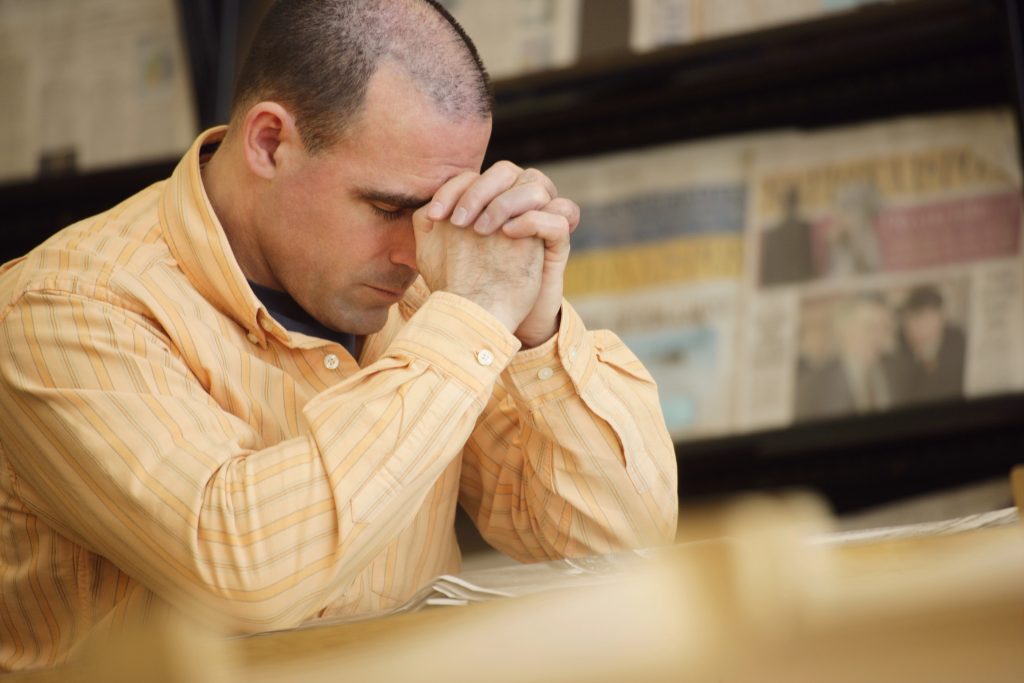
“Grief is the price we pay for love.” The words of Queen Elizabeth II echo in the statements of the numerous who have lost the faiths which had guided their lives. But suppose it is not losing someone you love but losing God, community, and certainty too? To some, leaving institutional religion isn’t a step of faith into the void, but a passage to more authentic, love-centered life. When there are increasing numbers of folks challenging the boundaries of conventional religiosities and experiencing spirituality in non-church environments, the future may seem intimidating but full of promise. How does one re-construct meaning, re-design community, and engage the unknown post-faith de-construction? Nine wise observations based on personal accounts, psychology studies, and the insights of contemporary pilgrims are given below.

1. The Tipping Point: When Loss Shakes the Pillars of Faith
Tipping points are likely to be significant losses when faith is shattered or lost. Death of a relative in tragic, premature, or inexplicable ways is likely to urge a person towards the belief in God, suffering, and the afterlife. It was the death of her baby that brought Rebecca Gummere down on her knees, literally and spiritually. In the aftermath of tragedy, humanity’s charity was her only guardian, but her faith in a living and just God began to unravel. This is echoed in research that suggests that for most, loss makes one more resilient in affairs of faithorleads to a profound spiritual crisis, accompanied by new questions and searches for meaning beyond traditional dogma. Loss is, by its very definition, an exercise of grieving the ongoing presence of love, even when the belief no longer sustains.

2. Deconstruction: Doubt as a Catalyst for Growth
Leaving a faith community isn’t something that just happens desertion is a process. For some, such as Dan Barker, deconstruction begins as forceful inquiry and morphs into an entire re-questioning of all that had been sacred. As reminded by Dr. Rubén Rosardo Rodrígez of Theology Beer Camp, “deconstruction is not an event. It is the usual process of doing good theology. It is critical thinking.” Questioning, once equated with failure, is now equated with spiritual maturity. It is scary, especially when identity and community are at stake, but it also paves the way to more authenticity and newer understanding. The solution is to turn doubt into a muscle a one that becomes stronger, not weaker, with practice.

3. The Pain and Promise of Losing Community
Exiting religious organization typically means losing not just beliefs, but also a support network in place. 35% of American adults have changed or disaffiliated from religions in young adulthood, and most experience overwhelming emotions of despair, emptiness, and loneliness as a result, a 2025 Pew review reports. The rituals, friend group, and in group slang of the religion crowd can be hard to put into words. But religious trauma therapists caution us: healing begins with validating loss pain and with gradually forming new attachments. Whether or not it involves support groups, therapy, or establishing new social networks, the process is one of re-winning belonging on one’s own terms. As one psychologist put it, “People feel so much relief and healing from that.”

4. Pilgrimage: Solo Travel, Never Alone
Pilgrimage is no longer a spiritual ritual now it’s a metaphor for the spiritual pilgrimage after deconstruction. Traveling alone, like Gummere’s RV road trip cross-country, is as much an attempt at transformation on a personal level as being there. Pilgrimage experts clarify, “You go alone, but bring people along with you.” And although being alone, the support of friends, family members, and companions by notes, visits, or stories shared becomes a required continuity. Pilgrimage is a solitary and uniting experience, leading to new bondings and interior awareness. Pilgrimage in this sense is finding holiness in the journey itself, and community found there.

5. Spiritual Resilience: Bouncing Forward, Not Back
Spiritual resilience isn’t about snapping back to where it was before it’s breaking through in new power and vision. As death studies has made evident, individuals who recreate their spiritual viewpoint after loss are more likely to be peaceful and meaningful. It may be rediscovering the divine, learning new rituals, or creating new practices that resonate with them. The essential element is flexibility the capacity to doubt, yield, and discern meaning even in uncertainty. As Gummere came to understand, “Doubt doesn’t have to be failure.” Instead, it is fertile ground from which new patterns of faith and hope can emerge.

6. Reinventing Prayer and Ritual
Institutional prayer and ritual sound hollow to many who leave the institutional church. But longing for union and transcendence remains. Others discover it in prayerful silence, walks in the woods, or brush strokes. Others redefine prayer as a way of “uniting hearts with others” for healing and peace between denominations. To receive and give love becomes ritualized in itself. As the religious pilgrim so beautifully put it, “Every journey holds the possibility for inner transformation.” The practice is to create rituals that acknowledge both the pain of separateness and the beauty of sustaining connection.

7. Inviting Mystery and Ambiguity of Grace
Freedom from over-constraint tends to emerge out of embracing ambiguity. It is difficult to do, but it is liberating. As so eloquently put by Gummere, “Uncertainty feels like truth these days.” Psychological research attests that accepting ambiguity rather than demanding black-and-white solutions may be a breakthrough in resilience and mental well-being. The mystery of grace, these moments of unexpected largesse or perception, has a tendency to reveal itself at the most unexpected time. Being receptive to the surprising introduces new ways of expression and awe to emerge, even when resolution seems nowhere on the horizon.

8. Love as the New Spiritual Grounding
What remains when scaffolding of dogma collapses? For most, simple but strong: love. Having clung to reserving creeds and dogmas, Gummere argued that “if love remained, wasn’t that enough to start over again?” Such shift from believing identifying to life-lived-love is attempted by both schools of therapists and spiritual leaders. Altruism, benevolence, and kindness hitherto so described as religious virtues are now adopted as the pillars of a satisfying life, with or without religion. Love, in these circumstances, is the law supreme, the energy that moves through all of life, and a good enough place to stand.

9. The Ongoing Process: Reconstructing Meaning and Belonging
Deconstruction is not the end, but the start of a new page. Healing from losing one’s faith is a private process, one of experimenting and error, self-gentleness, and the bravery to try out new belief. Therapists recommend finding values still worth it kindness, curiosity, or creativity, for example and finding means to integrate them into daily life. Community can be regained through volunteering, participation in new communities, or even simply reaching out to others on the same path. The work keeps on going, with fiascos and breakthroughs along the way, but always upward toward more authenticity and connection. You can question faith and it can be a matter of losing the ground beneath your feet, but it can also be a call to move forward on unfamiliar terrain a path of telling the truth, being tough, and loving.

Along the way of suffering, pilgrimage, or labortear of remaking, the road that lies ahead is yours. And when the road that lies ahead cannot be seen, it’s one of hope for connection, for transformation, and for the certainty that, in the absence of the old certainties, love actually does last.


